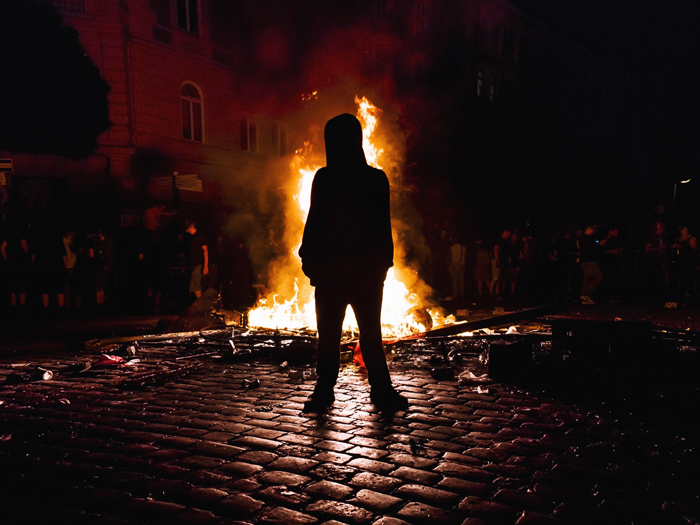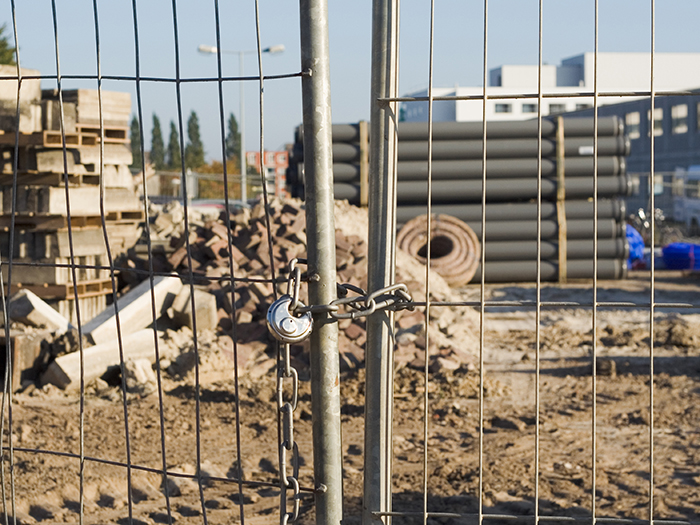5 Factors Stoking the Fires of Global Unrest, According to a Recent Report by Allianz

Anger over growing social inequality and the cost of living, sinking faith in governments and institutions, and increasingly polarized politics, together with a rise in activism and environmental concerns, are the main factors expected to fuel incidents of strikes, riots and civil commotion (SRCC).
At least, that’s what a new report, Outlook: Strikes, riots and civil commotion – a test of business resilience, from insurer Allianz Global Corporate & Specialty (AGCS) has concluded.
Ongoing incidents of SRCC put political risk and violence as a new entry among the top 10 global risks in the Allianz Risk Barometer 2023.
Civil unrest risks rose in over 50% of countries between 2022 Q2 and Q3, as reported in the Verisk Maplecroft Civil Unrest Index, just as businesses witnessed an increased impact on their operations.
“Incidents of strikes, riots and civil commotion have not only increased in recent years, they are also becoming more intense and catastrophic. These types of events are making our era one of uncertainty,” said Srdjan Todorovic, head of political violence and hostile environment solutions at AGCS.
Since 2017, more than 400 significant anti-government protests have erupted worldwide, according to the Global Protest Tracker compiled by the Carnegie Endowment for International Peace. The Ukraine war is a significant factor in this ranking.
Unrest spreads quickly and widely due to instant communication and social media tools. Reported damages worldwide resulted in at least $12 billion in economic/insured losses from just six major incidents between 2018 and 2023, resulting in significant claims for companies and their insurers.
AGCS’s political violence team highlights the five main factors they expect to power further SRCC activity in 2023 and beyond:
1) The Ongoing Cost-of-Living Crisis
Economic optimism has collapsed globally, primarily related to inflation, rising energy prices, debt and food insecurity.
Half the countries surveyed in the 2023 Edelman Trust Barometer showed a double-digit year-over-year decline in the belief that their families will be better off in five years.
The Global Protest Tracker recorded 135 significant economic anti-government protests since 2017. Just over half of the protests globally in 2022 were triggered by economic issues.
2) Distrust of Governments and Institutions
Governments thought to be corrupt or perceived as being in power for too long can bring people into the streets, from issue-led demonstrations to broader anti-government movements.
Although mostly peaceful, protests can turn violent. Tragically, authoritarian governments used lethal force, killing protesters in 36% of protests in 2022, as the Global Protest Tracker reported.
In 2022 and early 2023, protests ignited over the rights of women and minorities in Iran, fuel prices in Kazakhstan, economic failures in Sri Lanka, abortion rights in the U.S. and COVID restrictions in China.
“Many autocratic regimes sought to limit access to the internet, social media and the use of apps,” said Etienne Cheret, regional practice group leader, crisis management, for the Mediterranean & Africa Region, at AGCS.
“They know how much the exposure of unrest has been amplified by the power of social media.”
3) Increasing Polarization
Polarized opinions undermine social cohesion and escalate a conflict, often resulting in violence. Social media platforms amplify and reinforce the entrenchment.
Political divisions have resulted in significant shifts to the left and the right in many countries.
For example, calls for radical policy change, disputes over election results and increased nationalism has resulted in unrest in countries such as Argentina, the U.S. and South Africa.
“Where protests are particularly disruptive, there is also the danger of counter-movements in retaliation, which can escalate conflict,” said Cheret.
4) A Rise in Activism
Anti-establishment sentiment fuels activists with a sense of injustice on many fronts, whether economic, racial, political, religious or ethnic.
Recent movements include the global Occupy movement against economic inequality, Black Lives Matter protests highlighting racial inequality, the #MeToo movement against sexual abuse and harassment, and the Stop the Steal campaign, which falsely claimed electoral fraud in the election of U.S. President Joe Biden.
“Where politics are polarized, people can feel a greater sense that their personal values are under attack and will take to the streets to defend them,” said Todorovic.
“Riots can erupt as a result around a single flashpoint, such as a heavy-handed response by authorities that is deemed unjust.”
Social discontent can then escalate across a wider area, with a greater number of people involved, and become civil commotion. Businesses can be vulnerable to property damage and looting if this spills into violence and opportunism.
5) Climate and Environmental Concerns
Unrest has increased in areas where governments backslide on climate change progress, such as fracking or reopening coal mines as a solution to reliance on Russian gas.
Businesses that profit excessively from these policy changes could also be targeted, as price hikes and food shortages spark further instability.
“Environmental protestors made colorful headlines in 2022 — such as activists pouring soup on a Van Gogh painting or gluing themselves to roads — and will continue to do so in 2023,” said Cheret.
“Climate change demonstrations tend not to be violent, but they can be disruptive, particularly if they affect transport infrastructure. We expect this kind of activity to continue, if not escalate, in the coming year.”
Risk Management and Insurance Recommendations
SRCC risks are not only a financial issue but can also impact operations, reputations, supply chains and operatives who work in or close to high-risk areas.
“The impact of these losses has prompted many buyers to reconsider and reassess their limits and coverage needs as a consequence of the contraction in available reinsurance/treaty capacity,” Todorovic said.
Businesses should view the current climate as a catalyst for evaluating best practices and policies around preparing office locations and employees for the impact of potential civil unrest.
AGCS risk experts suggest taking the following steps:
- Remain aware of news on planned protests.
- Revise and update your business continuity plan (BCP).
- Increase security at distribution centers and reduce the inventory of high-value assets.
- Prepare for moving more services online to support business continuity.
- Protect your supply chains by ensuring diversity of geography and companies.
- Review your property insurance policy to cover political violence claims, civil war, SRCC, terrorism and war. &










